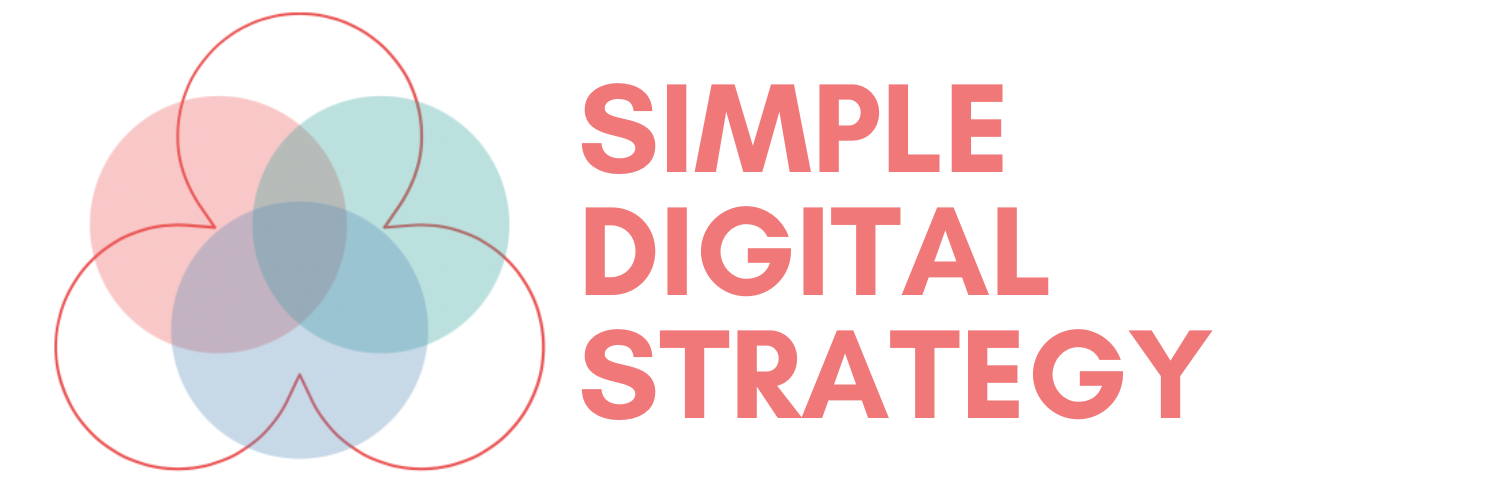Why Your Content Management System Isn’t Enough
A Content Strategy for Conversion Optimisation and Better Audience Insights

A Content Management System (CMS), like WordPress or Ghost, is a powerful tool for publishing your content online. It helps you create, organise, and manage blog posts, pages, and other types of content. But if you rely solely on your CMS, you’re missing out on the bigger picture.
Publishing content is just the first step. To truly succeed, you need answers to key strategic questions:
- What should you publish?
- When should you publish?
- How should you promote?
- Who is consuming your content?
- How do you turn visitors into customers?
This is where a content strategy and a Customer Data Platform (CDP) come in. A CMS helps you publish, but a content strategy guides your decisions, and a CDP provides the audience insights you need to optimise for conversions.
What Is a Content Management System, and Why Is It Not Enough?
A CMS is software that allows you to create, manage, and publish content to your website without technical expertise. Popular CMS platforms like WordPress, Ghost, and Shopify make it easy to:
- Write and publish blog posts and pages.
- Manage images, videos, and other media.
- Organise content through categories and tags.
However, a CMS alone has its limitations:
- No Guidance on What to Publish: A CMS doesn’t tell you what topics will engage your audience or drive business results.
- No Audience Insights: It doesn’t provide data on who is visiting your content or how they interact with it.
- Lack of Promotion Tools: A CMS doesn’t help you distribute or promote your content to reach the right audience.
- No Conversion Optimisation: It doesn’t guide you in turning visitors into leads or customers.
To bridge these gaps, you need a content strategy and a Customer Data Platform (CDP) to inform that strategy.
Why Content Strategy Matters for Conversion Optimisation
A content strategy is the planning, creation, and distribution of content to achieve specific business goals. While a CMS helps you publish, a content strategy helps you:
- Identify Your Goals: Are you trying to generate leads, build authority, or increase sales
- Understand Your Audience: Know who your audience is and what they care about.
- Plan What to Publish: Choose topics that address your audience’s needs and pain points.
- Time Your Content: Publish when your audience is most likely to engage.
- Optimise for Conversions: Add calls-to-action (CTAs) that guide visitors toward the next step.
Example Use Case:
- A travel agency might create destination guides with CTAs like “Book Your Next Trip” to drive bookings.
- A plumbing business could publish DIY repair tips with CTAs like “Schedule a Repair.”
Without a content strategy, you may get traffic, but you’re less likely to achieve your business goals.
How to Go Beyond Your CMS with a Simple Digital Strategy and a CDP
What Is a Simple Digital Strategy (SDS)? The Simple Digital Strategy (SDS) framework focuses on three core actions:
- Publish: Create content that resonates with your audience.
- Grow: Promote your content to expand your reach.
- Acquire: Convert your audience into customers.
How a Customer Data Platform (CDP) Complements SDS
A Customer Data Platform (CDP) helps you make smarter decisions by consolidating audience data from multiple sources (your website, email marketing, and social media) into a single view. Here’s how a CDP enhances SDS:
- Audience Insights: Understand who visits your content, what they’re interested in, and how they engage. Example: Discover that most of your engaged readers are small business owners aged 30-45.
- Segmentation: Group your audience into segments based on behaviour or demographics. Example: Create segments like “Frequent Readers,” “DIY Enthusiasts,” or “First-Time Visitors.”
- Content Personalisation: Create targeted content and CTAs for different audience segments. Example: Send a follow-up email with plumbing tips to subscribers who read DIY repair guides.
- Actionable Recommendations: Use data insights to decide what content to create next and how to promote it. Example: “Readers in Sydney engage most with eco-friendly travel tips. Create more content on sustainable travel.”
Steps to Improve Your Content Strategy with a CDP
- Integrate Your Website with a CDP: Connect data sources like Mailchimp, Google Analytics, and your CMS to a CDP to track audience behaviour.
- Identify Key Audience Segments: Group your audience based on engagement levels or interests (e.g., “Active Subscribers,” “One-Time Visitors”).
- Plan Targeted Content: Develop content that speaks to each segment’s needs and pain points.
- Add Personalised CTAs: Use insights to create calls-to-action that drive conversions for each segment.
- Track and Refine: Measure content performance and refine your strategy based on CDP insights.
Key Takeaways
- A CMS helps you publish content, but it doesn’t help you decide what to publish or how to optimise for conversions.
- A content strategy guides you in creating and promoting content that achieves business goals.
- A Customer Data Platform (CDP) provides the audience insights needed to personalise content and improve results.
- Combining a CMS, content strategy, and CDP helps you create content that resonates, promotes effectively, and converts visitors into customers.





